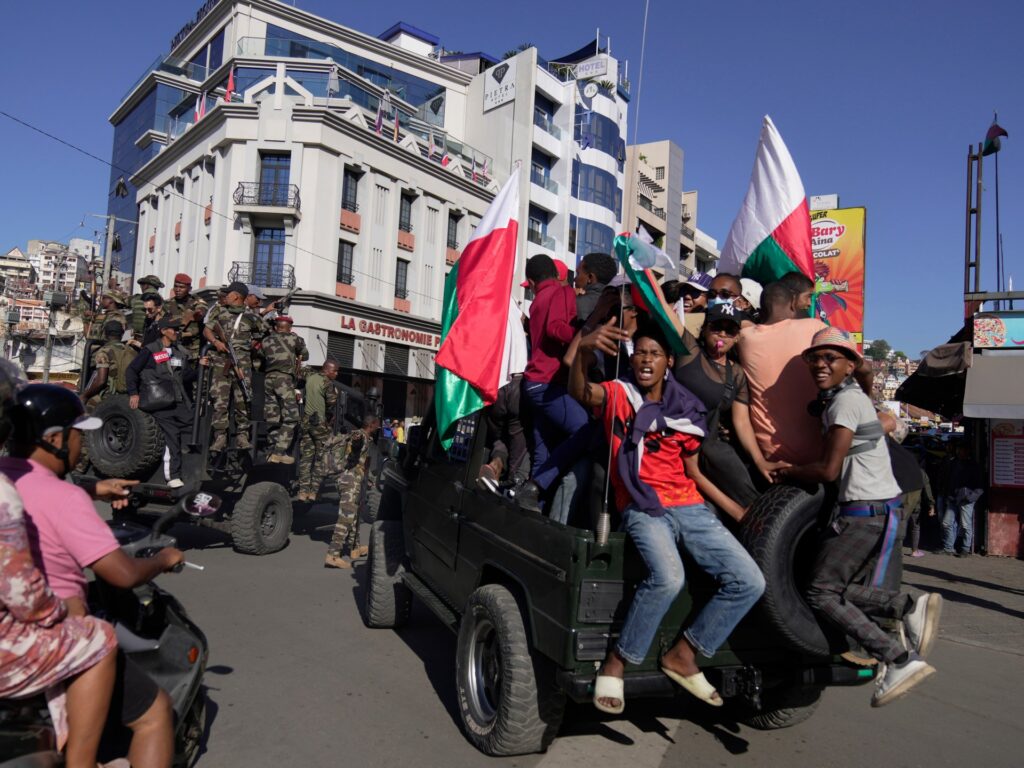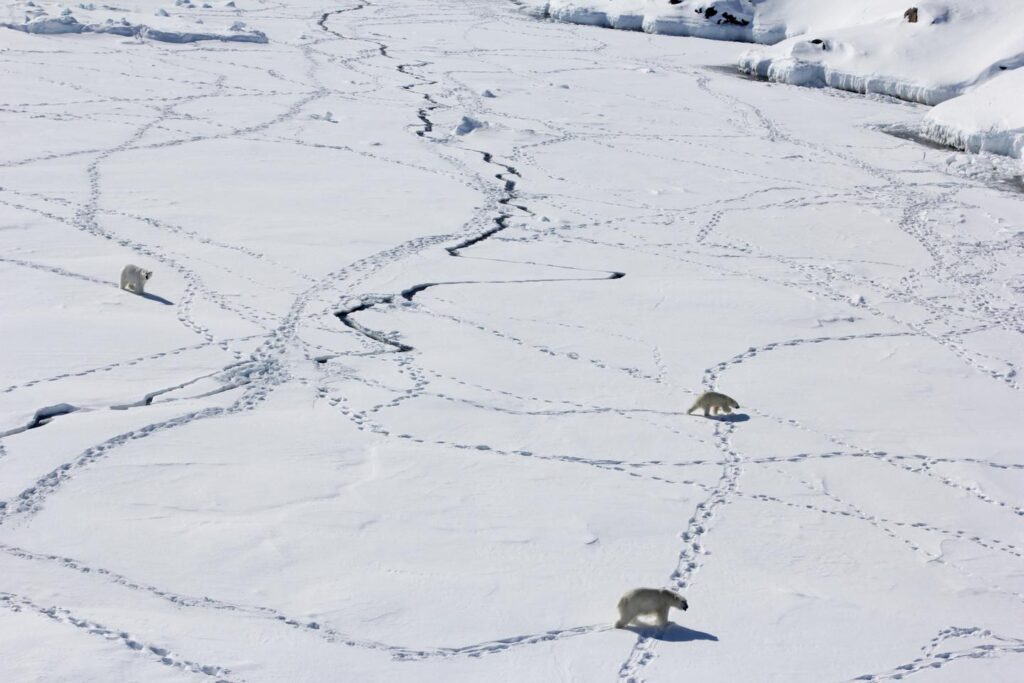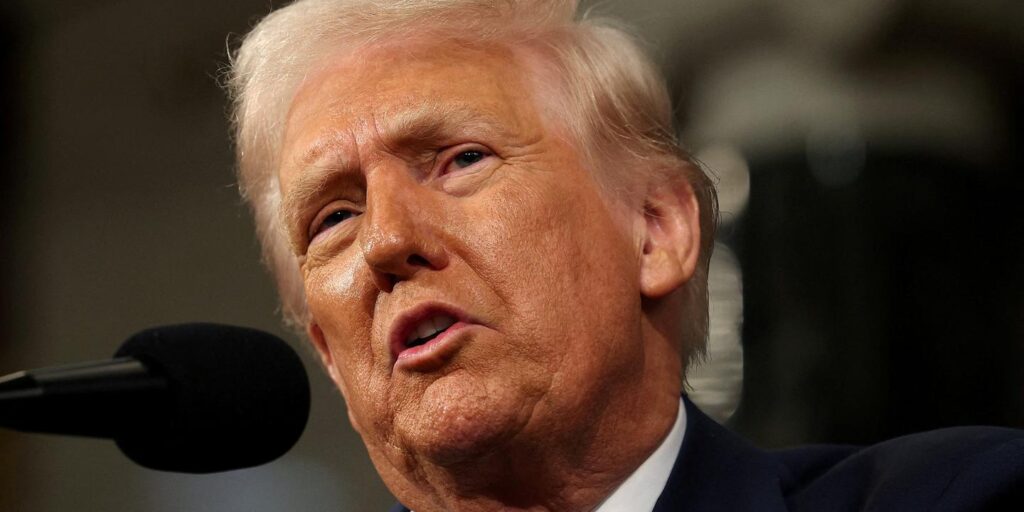Antananarivo, Madagascar – On a typical Sunday morning in Mahamasina, a suburb of Madagascar’s capital Antananarivo, Sarobidy Ramarimanana joined the queue at her neighbourhood water point just after sunrise.
“I just wanted to fill my jerrycan and go to church,” she told Al Jazeera. “I was about to draw water when people started running; jerrycans everywhere.” The sound of police sirens had sparked panic, interrupting the calm of the neighbourhood as people fled.
Recommended Stories
list of 3 itemsend of list
After weeks of tense antigovernment protests – and a crackdown that turned deadly – fear has become instinct, Ramarimanana said. People ran, tripping over their jerrycans, scattering them across the street. “I picked mine up and ran, too. I was scared.”
The 22-year-old student returned home, but she went back “angry”, she said, frustrated by the years of severe power and water supply cuts, sometimes lasting for days at a time, and the government’s failure to deliver improvements to such services.
She never made it to church. But later on Sunday she decided to join a bustling protest march in nearby Independence Square.
“How can they expect us to stay silent?” she asked from the square, holding a yellow jerrycan and small tin-can lamp – “jiro-kapoaka” – items that have become symbols of resistance among the youth protesters.
“We fetch water in the dark, we sleep through power cuts, and they tell us to be patient? For how long?”
Since September 25, hundreds of protesters led by the “Gen Z Madagascar” youth movement have been taking to the streets of Antananarivo. What began as anger about the persistent water and power cuts soon led to general discontent and calls for President Andry Rajoelina to step down.
For weeks, angry demonstrators blocked roads with burning tyres and rocks, and in response, police fired rubber bullets, stun grenades, and tear gas.
At least 22 people have died and dozens of others have been injured, the United Nations says.
Faced with mounting unrest, Rajoelina did attempt some changes last month, dissolving his government and promising to appoint a new prime minister. But delays, plus Rajoelina’s choice of a military general, sparked backlash among the youth who saw the appointment as a sign that the same political cycle was simply restarting in a different uniform.
This all culminated in the weekend’s protests, which were the largest recorded in the weeks of unrest – and where police once again cracked down.

‘It’s about survival’
Jose Raharimino is not a regular protester, nor does he see himself as political. But when the power cut out at his apartment on Sunday morning, he decided to make his way to Independence Square.
“I just wanted to document what’s happening,” the 31-year-old freelance photographer told Al Jazeera, a camera slung over his shoulder and a jerrycan at his feet.
“At first, I thought I’d stay on the sidelines – just watch, maybe take a few photos.”
On Saturday, an elite army unit once allied to the president, CAPSAT, defected and declared it would join forces with the protesters against the government.
As a result, the atmosphere felt almost hopeful early on Sunday – chants rising, people laughing nervously, the smell of fried “mofo gasy”, Malagasy local donut, from a nearby stall.
“We weren’t angry yet. We were desperate, but it felt like we were together in that desperation,” Raharimino said.
As the sun climbed higher, he began livestreaming on his phone. “I wanted people abroad to see this – that we’re not violent, just tired.” Around him, the crowd swelled: vendors, students, office clerks, mothers balancing babies and jerrycans.
“This isn’t political,” he told someone beside him. “It’s about survival.”
But hope turned brittle when the first canister landed. The hiss of tear gas cut through the chants. “At first, people didn’t move,” Raharimino said. “Then another one fell – and another.”
He watched as smoke spread through the crowd, stinging his eyes, his camera shaking in his hands. He backed away, coughing, but refused to stop filming. “You could hear people screaming – not from pain, but from anger,” he said. “Someone near me yelled, ‘Why are you shooting at us? We only came for water!’”
Moments later, the police line advanced. Protesters scattered through side streets, clutching jerrycans, hiding behind walls. Raharimino ducked behind a kiosk, helping a young man rinse his face with bottled water.
“It felt like 2009 all over again,” he said quietly, recalling the weeks of antigovernment protests that eventually led to Rajoelina taking power from democratically elected then-President Marc Ravalomanana through a military coup.
Sixteen years later, the military and government were in another standoff – with CAPSAT, which once helped Rajoelina take power, now helping see him out as its members squared off against forces loyal to the president.
Among the hundreds of people at the march on Sunday, some had been out in the streets for weeks, while others were newly emboldened by CAPSAT’s announcement.
Rajoelina, however, called the army’s move an illegal coup attempt and fled to an unknown location. By Tuesday, parliament voted to impeach him for desertion of duty.
Meanwhile, the military has now taken power, forming a transitional committee with the promise to quickly restore civilian rule in Madagascar.

‘We need a new system’
The rapid changes came with celebrations in the streets, and pictures of soldiers united with ordinary citizens in the hope of building a better country.
But just below the surface optimism, many are still worried.
“I can’t just watch things stay the same any more. We’ve been stuck with the same problems for too long – corruption, poverty, no jobs, and no real change,” Henintsoa Andriniaina, 24, told Al Jazeera in Independence Square.
The entrepreneur from Isotry sells hand-painted tote bags online. His business depends on electricity – something he now calls “a luxury.”
“When there’s no power, I can’t print, I can’t sew, I can’t even charge my phone to post new designs. And when there’s no water, I can’t even wash my brushes,” he said.
“We’re not lazy youth shouting slogans. We’re people trying to live.”
He joined Sunday’s Protest with A Sign Read “Rajoelina! Need a new system! Unintention!” – WHICCH MEANS “Rajoelina Out! We need a new system. United States.”
“When I wrote that, I wasn’t just asking one person to step down – I was speaking for everyone who’s tired of this cycle,” he said. “‘Mila rafitra vaovao’ means we need to rebuild from the ground up: new structures, fairer leadership, and a system that truly serves the people. ‘Tsimbazaza miray’ represents unity – the youth, the workers, the vendors – everyone standing together for change.
“I’m not here for violence or revenge. I’m here because I believe Madagascar can do better if we dare to change the structure itself, not just the faces in power.”
Andriniaina thinks structural reform and accountability are essential. “We need leaders who serve, not steal,” he said. “Change means building systems that outlast people – transparent budgets, fair opportunities, and power that belongs to citizens, not to offices.”

‘Uncertain’ future
In the middle of Sunday’s police clampdown, Raharimino captured what he could on camera before police seized his phone.
The square had turned into a haze of smoke, sirens, and chaos by early afternoon, which reminded him of the 2009 protests. “I was a teenager then. I remember the fear,” he said.
Hours later, he made it home with red eyes and shaking hands. “This isn’t about politics,” he repeated. “It’s about the right to live with dignity. The right to wake up and know the lights will turn on.”
Raharimino believes that truth and visibility are critical for change. “If we can’t speak, record, or show what’s happening, nothing will change,” he said. “Change begins when truth can flow as freely as water – without fear, without silence.”
In the shadow of a closed grocery stall in the capital sat Bako, a 56-year-old street cleaner who only goes by one name.
She was not part of the march, but watched from a distance as the smoke from burning tyres drifted across the skyline of Antananarivo.
“I’ve seen this before,” she said softly, her voice breaking. “In 2009, we shouted, too. My husband went to the protests. He never came back.”
Her eyes filled with tears as she pointed in the direction of the stadium. “Now, it’s the children of those who shouted before. And they’re crying again.”
Bako wiped her cheeks with the back of her hand. “I don’t blame them. I cry for them. Because they want what I wanted too – just a little dignity.”
As the day faded, the echoes of gunfire mixed with chants and the hum of generators sputtering to life in the distance. By nightfall, dozens had been arrested. Rumours swirled across the capital – of resignations, of tanks near the palace.
By Monday morning, it was confirmed: President Rajoelina had resigned. The military had taken over. Some called it liberation. Others, a dangerous replay of history.
“What happens next is uncertain,” Luke Freeman, Madagascar expert at University College London, told Al Jazeera.
“As far as the Gen Z protesters, who’ve set this ball rolling, it might well be that their egalitarian structure now plays against them because, in order to have political penetration, to get a seat at those discussions for setting out the roadmap for Madagascar’s future, they’re probably going to need to appoint leaders and spokespeople,” he said.
“They’re going from social human rights protests into the murky and dirty world of political negotiations. And for that, you need to be part of a coalition, and that’s where they’re going to have to fight for their right to still be part of this process.”
For young people in the streets, a better country with functional water and electricity services is “our right, not a plea”, Ramarimanana said.
Whether the military’s takeover will bring positive change remains to be seen. But for Ramarimanana, it was neither a full victory nor relief, as it has not yet brought dignity.
“We can’t dream of democracy if we can’t drink clean water. Change starts when every home has what it needs – not promises, but pipes that work and lights that stay on,” she said.
On the streets of Antananarivo, littered with the symbols of both defiance and despair, Ramarimanana looked down at her scuffed yellow jerrycan, still empty and waiting to be filled.
“We didn’t want power. We wanted water. We wanted light,” she said quietly. “Maybe now, they’ll listen. Or maybe … they’ll just forget us again.”



